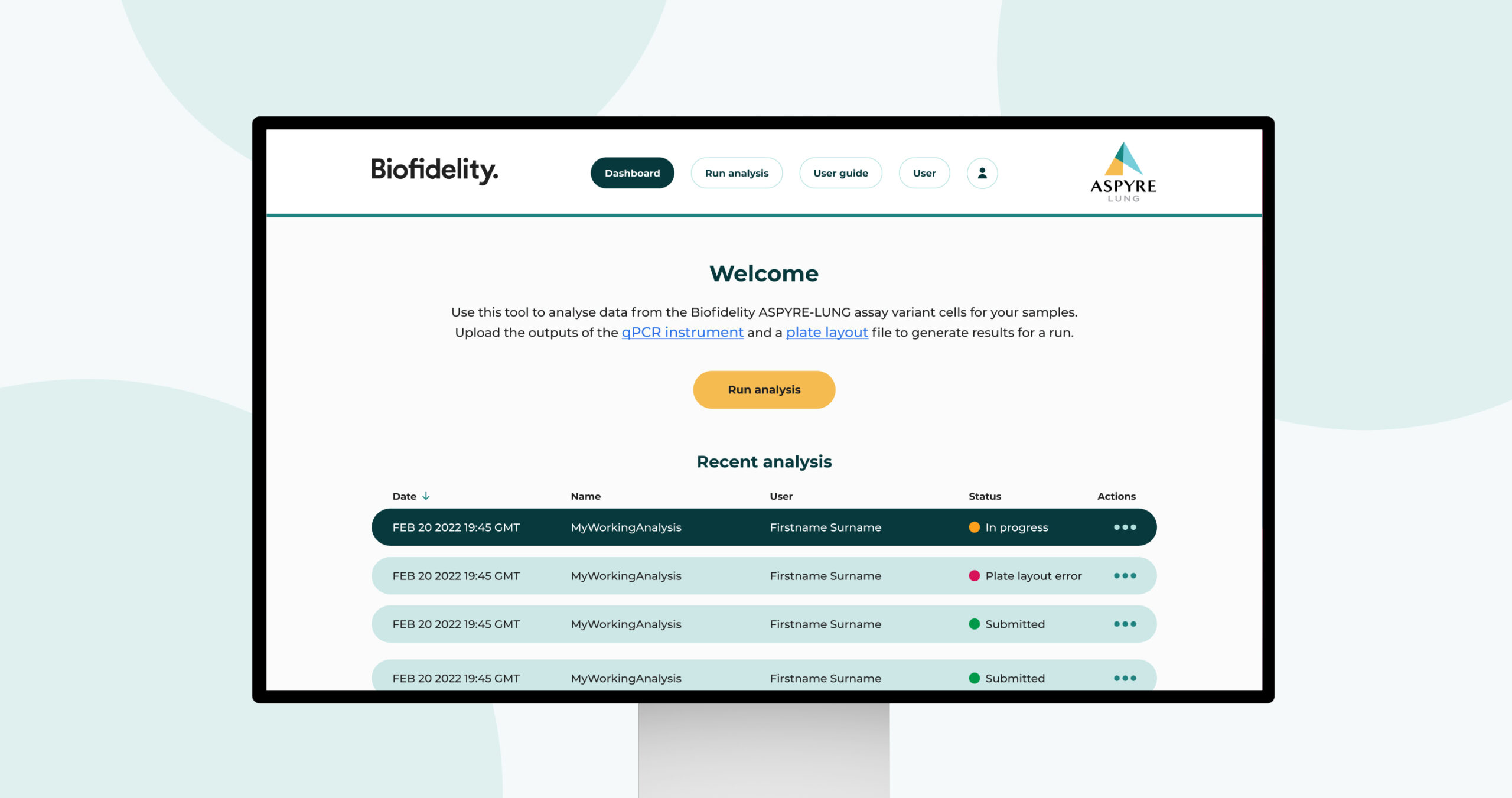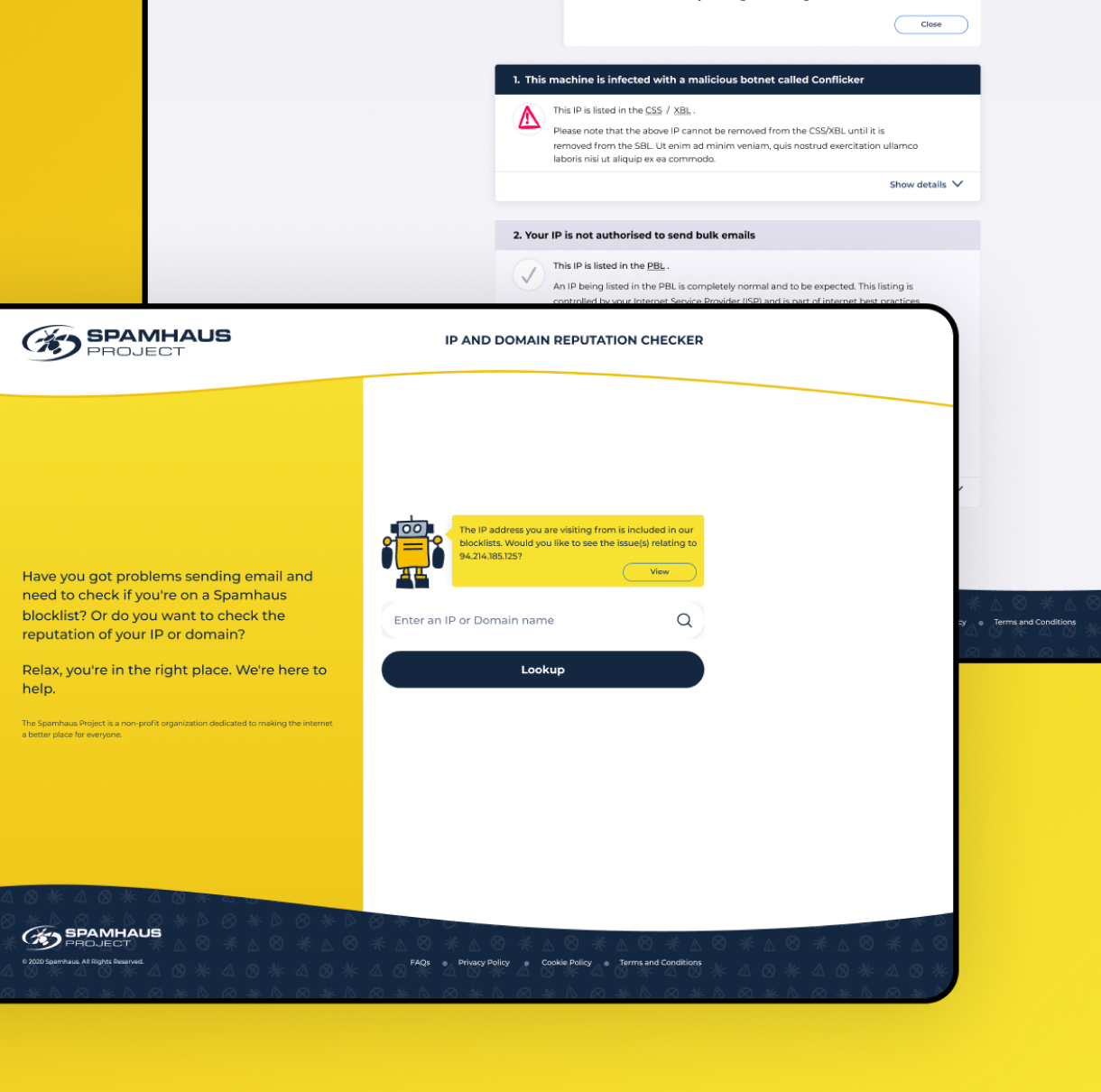User persona analysis
User personas are fictional, data-driven representations of target users that help UX designers and researchers better understand their users’ needs, goals, behaviours, and preferences. You can also download our comprehensive guide to why and how you should utilise user personas in your organisation and digital product.
User persona creation
User personas focus on the behaviours of real users and provide a shared vision of the target audience, guiding consistent and informed decisions during the design and development stages. At Make it Clear, we have over a decade of experience creating user personas for a range of organisations. Our expert team use first-hand research to inform user personas that help support organisational goals.
Our teams use a mix of research techniques to establish and gather insights on your target users. Our personas are then visualised and presented to organisations with measures to ensure they are embedded throughout design workflows.
Introduction to user personas
A persona is a representation of a typical existing or desired user group and is shown in the form of a fictional (but realistic) person. It often includes information such as description, attributes and traits, motivations and behaviours, challenges or pain points and typical actions. Personas are formed by data gathered from user research such as surveys, interviews, and other sources of user research so that they are based on real user insight.
Alternatively, proto-personas are not based on real user insight but rather on the assumptions and pre-existing knowledge of users from stakeholders. User personas distinguish themselves from other user research tools by serving as narrative-rich, fictional representations of target users. Unlike specific tools such as user interviews, surveys, analytics, or usability testing, personas consolidate insights from a variety of research methods into comprehensive, relatable characters.
Here are some types of persona you may come across:
UX personas: This type of persona includes specific attributes and insights into their usage of a product or service, such as their goals, needs and common actions. This type of persona is used to inform the user experience, interactions and look and feel of the product.
Marketing personas: Marketing personas focus much more on customers and their traits. They may include information on how they discovered your organisation or product, opinions on the brand, and overarching experience they have across various touch points. This type of persona is used more to provide insights on attracting, engaging and retaining customers.
Proto personas: Proto personas are another type of persona. However, the difference between proto-personas and personas is the information they are based on. Proto personas are created using assumptions and insights gathered from organisational stakeholders. If you are unable to gain direct access to your audience, proto-personas can be a useful alternative, which can then be built on with further research.
What are personas, and why are they important?
Personas are powerful tools that facilitate user-centred design as they serve as reference points throughout product development. Personas are important as your team can ensure that any design decisions made align with the needs and expectations of the target audience. As a result, the digital product is more likely to meet the users’ needs and, therefore, provide a delightful user experience.
According to the Nielsen Norman Group, integrating personas into the design process can result in a 2 to 5 times increase in the effectiveness of a product. User personas play a crucial role in aligning product development with user needs by providing a shared understanding among teams. By humanising data and insights, personas guide decisions throughout the development lifecycle, ensuring that features, design elements, and marketing strategies resonate authentically with the identified user groups. The alignment is critical not only for meeting user expectations but also for creating products that genuinely address the challenges and aspirations of the target audience.
The role of personas
Personas typically function as an extension of your team, as they can be referred to as a reflection of your target audience. Personas are integral to every stage of product development and marketing strategies, offering a humanised lens through which teams can understand and address user needs. Below we have unpacked some specifics:
Research and planning: In the early stages of a project, personas inform research by defining target audience characteristics. They guide planning by identifying key user behaviours and preferences.
Design and development: Personas influence design decisions, ensuring features align with user goals. They guide development by prioritising functionalities based on user needs.
User experience optimisation: Personas continue to play a role post-launch, aiding in refining user experiences. They guide updates based on user feedback and evolving preferences.
Marketing and messaging: Personas shape marketing strategies by identifying channels preferred by target users. They influence messaging by ensuring content resonates with the values and aspirations of the audience.
Benefits of personas
Personas facilitate faster discussion and decision-making, function as a gateway to future research, and empower your wider team with a greater understanding of and empathy for your target audience. They create a shared vocabulary across your teams while challenging the team’s own preconceived notions of how your audience might behave. When faced with limited resources or time constraints, user personas can assist in prioritising features based on their relevance.
Supporting your users' needs
Humanises the target audience
Guides the decision-making process
Mitigates risks
What’s included
Make It Clear tailors the persona creation process to each client’s specific needs. Firstly, we use user research methods such as surveys, interviews, social listening, discussions with stakeholders and a review of existing information and data to define your audience. Next, we uncover broad journey stages and touchpoints and identify behaviours, motivations, pain points and opportunities of users before reporting key themes that inform the persona creation. Following this, we develop the personas with a name, age, role, background story and quote, as well as an abbreviated journey map of their behaviours, touchpoints, motivations and pain points. Finally, we document the personas where all of the information gathered comes to life and is visualised in the form of a poster.
Why choose Make it Clear
At Make it Clear, we take an evidence-based approach to everything we do. Understanding your organisation, audiences, and the context in which they interact is paramount to how we work and deliver a best-in-class user experience. With a track record spanning over two decades, our adept team employs a meticulous approach to user research, ensuring that the personas we create go beyond superficial representations. We delve deep into user behaviours, preferences, and motivations, sculpting personas that are not just profiles but dynamic tools for informed decision-making. You can read more about our approach in our article ‘The importance of user profiling‘.

If you’re looking to create your own personas, you can click the link below to download our free Miro persona board to kick-start your work. The Miro board provides step-by-step instructions alongside an easy-to-use template to support you in creating your own user personas.
https://miro.com/miroverse/user-persona/
FAQs
Can you provide examples of user personas you've created for other clients or projects?
Yes, please book a call and we’d be happy to talk you through our relevant projects.
How many user personas do you typically create for a project, and how do you decide on the number?
This will typically be discussed in the scoping and kick off stages of the project. We generally recommend between three and five personas. Three supports easier decision making between the personas, whereas more than five becomes challenging to cater to all audiences and difficult for teams to keep in mind details of all persona types. In some instances when creating more than three personas we recommend adding a weighting to each persona to identify priorities.
How do you ensure that user personas are actionable and useful for our purpose?
During the initial project stages we will understand the usecase for your personas and look to understand in more detail your organisation and objectives. We then tailor the structure of the persona documents to ensure it is relevant to your purpose.




